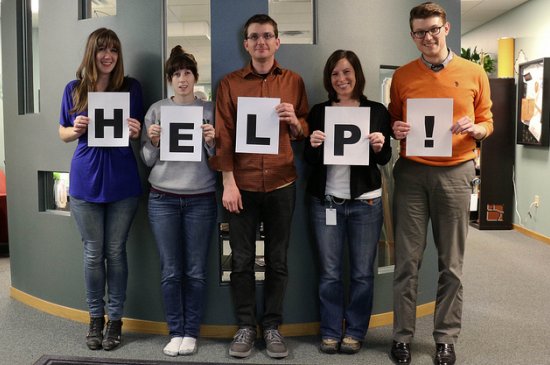
Avoid student loan “help” from debt settlement firms
Many recent college graduates are either unemployed or underemployed in part time jobs or low-wage positions that do not require or utilize the degree they borrowed to obtain. This may be your situation or you may just be struggling because you had to borrow more than your salary can support given your other current financial obligations. No matter the reason, if your student loan debt is impressive, you may be desperate for help. Debt settlement firms promise help, but rarely deliver.
Have you heard ads on the TV or radio that promise to get you relief from high payments on your student loans? One company, Broadsword Student Advantage, boasts, “Your entire student loan can be forgiven.” That's an exciting and enticing statement, but it's not founded in any meaningful reality. Student loans are rarely just “forgiven” out of the blue. There are some student loan forgiveness programs, which we'll discuss below, but these take time and can be done without an agency charging you fees.
Both Broadsword and another debt settlement firm, First American Tax Defense, are being sued by states for tricking borrowers into paying hefty up-front fees and/or steep monthly fees for student loan debt relief that never manifested. And, what's worse, is that there are no solutions these companies offer that you cannot obtain for yourself, easily and directly from the Department of Education and your federal student loan servicer.
Real student loan forgiveness
The primary way to get student loan forgiveness is through either completing 20-25 years of Income Based Repayment or Pay As You Earn programs. These are reduced payments based on your income (see more on this in the section below) and after 25 years under IBR or 20 with PAYE, your remaining balances are forgiven, although that amount will be taxable. In other words, if you still owe $15,000 on your student loans at the time of forgiveness, that amount will be taxed. If your federal income tax rate is 20%, this will result in $3,000 more of taxes, but that's still better than paying off the $15k.
The other avenue to forgiveness is through a service-related plan. Public Service Loan Forgiveness is the most common. This allows teachers, nurses, firefighters, police, soldiers and others that work in public fields the opportunity to have their loans wiped out under certain circumstances. The program requires you to work 10 years or longer in a public service field and, while working in that field, to make 10 years of student loan payments. After that, remaining balances are written off – and the forgiven amount isn't taxed. If you work in a public service field, you may also be able to combine this with IBR or PAYE to get lower payments. Read more here.
Real help with student loan payments
The most immediate way to get help is to apply to your student loan servicer for a more affordable payment plan, a deferral or a forbearance. Deferral and forbearance both temporarily stop your student loan payments, but allow interest to keep accruing. The better option is to apply for Income Based Repayment or Pay As You Earn. These programs reduce your student loan payments down to 10%-15% of your disposable income, no matter how much you owe in student loans. You do not need an agency or debt settlement firm to help you get into these programs. Applying for them is very straight forward and something anyone can do. Click for more info on Income Based Repayment, Pay As You Earn, forbearance and deferral.
Real student loan discharge
There is one last option to ditch your student loans – discharge through bankruptcy. To get a bankruptcy discharge of student loans, you have to demonstrate that paying them would cause you undue financial hardship. This is granted most often for those that are chronically unemployed, are permanently disabled, are older and outside of their peak earning years or are in a very low income situation with little to no chance for recovery.
